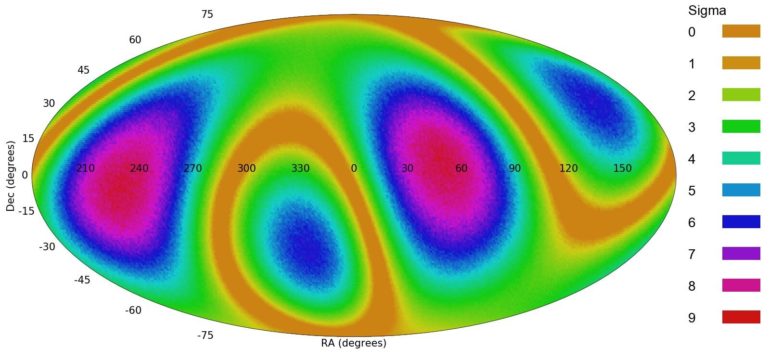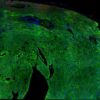An analysis of more than 200,000 spiral galaxies has revealed unexpected links between spin directions of galaxies, and the structure formed by these links might suggest that the early universe could have been spinning, according to a Kansas State University study.
Lior Shamir, a K-State computational astronomer and computer scientist, presented the findings at the 236th American Astronomical Society meeting in June 2020. The findings are significant because the observations conflict with some previous assumptions about the large-scale structure of the universe.
Since the time of Edwin Hubble, astronomers have believed that the universe is inflating with no particular direction and that the galaxies in it are distributed with no particular cosmological structure. But Shamir’s recent observations of geometrical patterns of more than 200,000 spiral galaxies suggest that the universe could have a defined structure and that the early universe could have been spinning. Patterns in the distribution of these galaxies suggest that spiral galaxies in different parts of the universe, separated by both space and time, are related through the directions toward which they spin, according to the study.
“Data science in astronomy has not just made astronomy research more cost-effective, but it also allows us to observe the universe in a completely different way,” said Shamir, also a K-State associate professor of computer science. “The geometrical pattern exhibited by the distribution of the spiral galaxies is clear, but can only be observed when analyzing…



